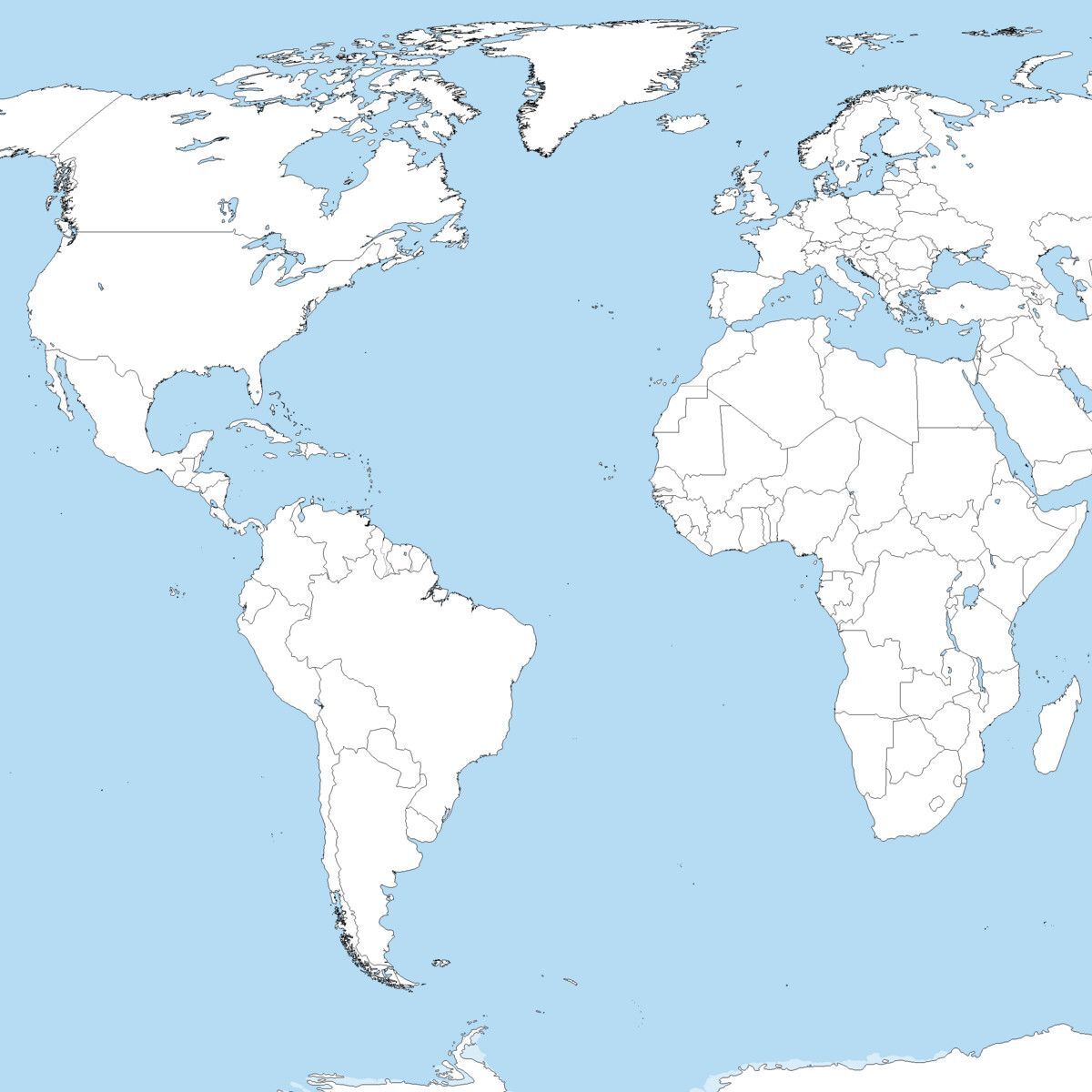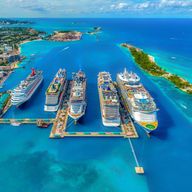

Seven Seas Explorer - 2/21/2028
The February 21, 2028 cruise on the Seven Seas Explorer departs from Incheon (seoul). South Korea. On this 14 Night Gates Palaces & Shrines (Seoul To Tokyo) sailing, the ship will visit a total of 12 cruise port destinations, including its departure port. The Seven Seas Explorer sets sail on Monday, Feb 21st and returns on Monday, Mar 6th.
Cruise Itinerary
Itinerary
Seven Seas Explorer - February 21, 2028 - 14 Nights
| Day | Date | Port |
|---|---|---|
| 1 | Feb 21st | Incheon (seoul). South Korea |
| 2 | Feb 22nd | At Sea |
| 3 | Feb 23rd | Jeju City, Jeju-Do, (cheju-Do), South Korea |
| 4 | Feb 24th | Yeosu, South Korea |
| 5 | Feb 25th | Nagasaki, Japan |
| 6 | Feb 26th | Kagoshima, Japan |
| 7 | Feb 27th | At Sea |
| 8 | Feb 28th | Beppu, Japan |
| 9 | Feb 29th | Hiroshima, Japan |
| 10 | Mar 1st | Kochi, Japan |
| 11 | Mar 2nd | Tokushima, Japan |
| 12 | Mar 3rd | Osaka, Japan |
| 13 | Mar 4th | At Sea |
| 14 | Mar 5th | Shimizu, Japan |
| 15 | Mar 6th | Tokyo, Japan |
The Seven Seas Explorer sails on February 21, 2028 for a 14 Night Gates Palaces & Shrines (Seoul To Tokyo). The ship will depart the port of Incheon (seoul). South Korea at 4:00 PM and will return to the port of Tokyo, Japan on Mar 6th at 7:00 AM. During the 15-day journey, the Seven Seas Explorer will visit 11 additional ports and will spend 3 days at sea.
Itinerary Safety Score
Based on my comprehensive research of cruise port safety information, including recent crime reports, travel advisories, Global Peace Index rankings, and specific port security concerns, we've created a "safety score" for each cruise port stop. The overall rating below represents a combined score for your specific cruise itinerary.
Cruise Ship

Seven Seas Explorer
Regent Seven Seas
The Seven Seas Explorer was built in 2016 and is among Regent Seven Seas's 5 ships in its fleet. The Seven Seas Explorer is included in the cruise line's Explorer class. In the cruise ship stats below, you'll find the Seven Seas Explorer vs all other Regent Seven Seas ships.
Cruise Ports
Incheon, South Korea, has docking at Incheon Port with excursions to Seoul. Travelers explore Gyeongbokgung Palace and Myeongdong markets. Excursions visit DMZ’s historic sites. Local markets sell kimchi. The peak season, April to June, brings mild weather. Photography captures palaces and urban skylines. Dining onboard includes bulgogi, a Korean favorite. Souvenirs, like hanbok dolls, are sold in ship shops. Briefings cover Korean history. Light layers suit the temperate climate. Comfortable shoes enhance city tours. Incheon’s access to Seoul offers a vibrant South Korean stop, blending culture with modern energy.
Take advantage of the many on board activites during your day at sea. You'll have more than enough to fill your day!
Jeju City, South Korea, has docking at Jeju Port. Travelers explore Seongsan Ilchulbong’s volcanic crater. Excursions visit Manjanggul Lava Tube. Local markets sell tangerines. The peak season, April to June, brings mild weather. Photography captures volcanic landscapes and coastal vistas. Dining onboard includes haemul jeongol, a seafood hotpot. Souvenirs, like lava stone crafts, are sold in ship shops. Briefings cover Jeju’s geology. Light clothing suits the temperate climate. Sturdy shoes enhance hikes. Jeju City’s volcanic beauty offers a vibrant South Korean stop, immersing travelers in its natural wonders.
Yeosu, South Korea, offers docking at Yeosu Port. Travelers explore Odongdo Island and Hyangiram Hermitage. Excursions visit Suncheon Bay’s wetlands. Local markets sell hoe. The peak season, April to October, brings mild weather for coastal tours. Photography captures camellia islands and Sea of Japan vistas. Dining onboard includes bibimbap, a Korean favorite. Souvenirs, like seaweed crafts, are sold in ship shops. Briefings cover Jeolla history. Light clothing and sun protection suit the temperate climate, while sturdy shoes enhance hermitage hikes. Yeosu’s coastal charm offers a vibrant South Korean stop. Cruise travelers enjoy a mix of scenic islands and cultural heritage, making Yeosu an engaging destination for exploration.
Nagasaki, Japan, offers docking at Nagasaki Port. Travelers explore the Peace Park and Atomic Bomb Museum. Excursions visit Glover Garden’s colonial mansions. Local markets sell champon noodles. The peak season, March to May, brings cherry blossoms and mild weather. Photography captures historic sites and Dejima Island views. Dining onboard includes sara udon, a Nagasaki dish. Souvenirs, like castella cakes, are sold in ship shops. Briefings cover Nagasaki’s WWII history. Light layers suit the temperate climate, while comfortable shoes enhance park walks. Nagasaki’s blend of history and resilience offers a poignant Japanese stop. Cruise travelers enjoy a mix of somber memorials, colonial heritage, and scenic harbors, making Nagasaki an engaging destination for exploring Japan’s cultural and historical depth on Kyushu Island.
Kagoshima, Japan, has docking at Kagoshima Port. Travelers explore Sakurajima volcano’s active trails. Excursions visit Sengan-en Garden’s historic grounds. Local markets sell shochu. The peak season, March to May, brings cherry blossoms. Photography captures volcanic landscapes and coastal vistas. Dining onboard includes kurobuta pork, a Kagoshima specialty. Souvenirs, like ceramic crafts, are sold in ship shops. Briefings cover Kyushu’s history. Light layers suit the temperate climate. Sturdy shoes enhance volcano hikes. Kagoshima’s volcanic beauty offers a dynamic Japanese stop, blending nature with cultural heritage.
Take advantage of the many on board activites during your day at sea. You'll have more than enough to fill your day!
Beppu, Japan, docks at Beppu Port, 3 kilometers from downtown, with shuttles for 10-minute rides. The city, population 120,000, features the Hells of Beppu, geothermal hot springs for viewing. Travelers relax at Kannawa Onsen, 15 minutes east. Excursions to Mount Tsurumi, 20 minutes north, offer cable car rides. Local markets sell yuzu products. Peak season April to October; taxis 800-1200 JPY. Dining includes toriten (chicken tempura) at onsen cafes. Souvenirs feature bamboo crafts.
Hiroshima, Japan, has docking at Hiroshima Port. Travelers explore Peace Memorial Park and Atomic Bomb Dome. Excursions visit Miyajima’s floating Itsukushima Shrine. Local markets sell okonomiyaki. The peak season, March to May, brings cherry blossoms. Photography captures historic sites and island shrines. Dining onboard includes Hiroshima-style okonomiyaki. Souvenirs, like peace cranes, are sold in ship shops. Briefings cover WWII history. Light layers suit the temperate climate. Comfortable shoes enhance park walks. Hiroshima’s poignant history offers a profound Japanese stop, blending peace advocacy with cultural heritage.
Kochi, Japan, has docking at Kochi Port. Travelers explore Kochi Castle’s samurai history. Excursions visit Katsurahama Beach and Ryugado Cave. Local markets sell bonito flakes. The peak season, March to May, brings mild weather. Photography captures castle views and Pacific shores. Dining onboard includes katsuo tataki, a local seared tuna. Souvenirs, like yosakoi crafts, are sold in ship shops. Briefings cover Shikoku’s history. Light layers suit the temperate climate. Comfortable shoes enhance castle tours. Kochi’s coastal heritage offers a serene Japanese stop, blending samurai history with scenic beauty.
Tokushima, Japan, offers docking at Tokushima Port. Travelers explore Naruto Whirlpools and Awa Odori Museum. Excursions visit Ryozenji Temple. Local markets sell sudachi. The peak season, April to October, brings mild weather for coastal tours. Photography captures tidal swirls and Seto Inland Sea vistas. Dining onboard includes soba, a Japanese favorite. Souvenirs, like indigo crafts, are sold in ship shops. Briefings cover Shikoku history. Light clothing and sun protection suit the temperate climate, while comfortable shoes enhance temple walks. Tokushima’s cultural charm offers a vibrant Japanese stop. Cruise travelers enjoy a mix of natural phenomena and traditional heritage, making Tokushima an engaging destination for exploration.
Osaka, Japan, provides docking at Osaka Port. Travelers explore Osaka Castle and Dotonbori’s vibrant food scene. Excursions visit Kyoto’s Kinkaku-ji Temple. Local markets sell takoyaki. The peak season, March to May, brings cherry blossoms and mild weather. Photography captures samurai castles and neon-lit canals. Dining onboard includes okonomiyaki, an Osaka favorite. Souvenirs, like tenugui cloths, are sold in ship shops. Briefings cover Kansai history. Light layers suit the temperate climate, while comfortable shoes enhance city walks. Osaka’s dynamic urban culture offers a vibrant Japanese stop. Cruise travelers enjoy a mix of historic landmarks, culinary delights, and modern energy, making Osaka an engaging destination for exploring Japan’s Kansai region and cultural heritage.
Take advantage of the many on board activites during your day at sea. You'll have more than enough to fill your day!
Shimizu, Japan, offers docking at Shimizu Port. Travelers explore Mount Fuji viewpoints and Nihondaira’s tea gardens. Excursions visit Shizuoka’s Toro Ruins. Local markets sell wasabi. The peak season, April to October, brings mild weather for coastal tours. Photography captures Fuji’s slopes and Suruga Bay vistas. Dining onboard includes unagi, a Japanese favorite. Souvenirs, like tea crafts, are sold in ship shops. Briefings cover Shizuoka history. Light clothing and sun protection suit the temperate climate, while comfortable shoes enhance garden walks. Shimizu’s scenic charm offers a vibrant Japanese stop. Cruise travelers enjoy a mix of natural beauty and cultural heritage, making Shimizu an engaging destination for exploring Japan’s Fuji region.
Tolanaro (Fort Dauphin), Madagascar, offers docking at Tolanaro Port. Travelers explore Nahampoana Reserve and Libanona Beach. Excursions include lemur-watching at Berenty Reserve. Local markets sell zebu curry. The peak season, May to October, brings dry weather for coastal tours. Photography captures rainforests and Indian Ocean vistas. Dining onboard includes romazava, a Malagasy favorite. Souvenirs, like raffia crafts, are sold in ship shops. Briefings cover Tsitongambarika history. Light clothing and sun protection suit the tropical climate, while sturdy shoes enhance reserve walks. Tolanaro’s natural allure offers a vibrant Malagasy stop. Cruise travelers enjoy a mix of unique wildlife and scenic beaches, making Tolanaro an engaging destination for exploration.